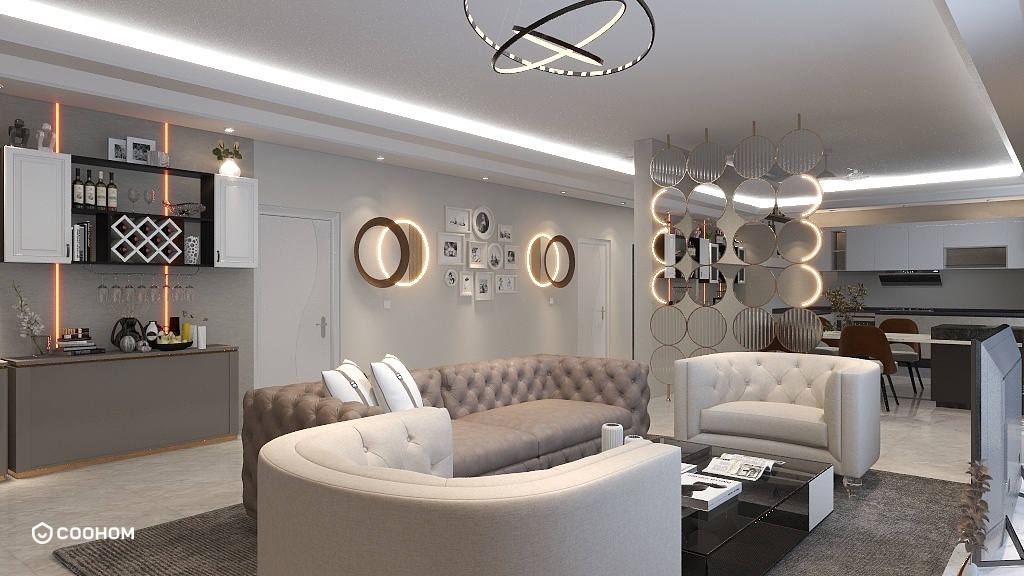Textures Used in Scandinavian Design Offices: Exploring the Key Textures for a Scandinavian Workspace

When creating a Scandinavian design office, the choice of textures plays a pivotal role in establishing a calm and inviting atmosphere. Scandinavian design is known for its simplicity, functionality, and connection to nature, which is beautifully reflected in its texture choices. From soft textiles to natural materials, understanding these elements can help you craft the perfect workspace. Let’s dive into some of the key textures that define a Scandinavian office design.
Natural Wood Finishes
Wood is a staple in Scandinavian design, offering warmth and a sense of connection to nature. Light woods like birch, pine, and ash are often used for furniture and flooring. These materials not only provide durability but also add a soft, organic feel to the workspace. Imagine a smooth, light-colored wooden desk paired with minimalist chairs that enhance the room's tranquility.
Soft Textiles
Textiles in soft, muted colors are essential in Scandinavian offices. Fabrics such as wool, linen, and cotton are commonly used for cushions, throws, and curtains. These materials not only add comfort but also contribute to the cozy aesthetic that Scandinavian design embodies. Picture a light grey sofa adorned with textured cushions, inviting you to pause and relax during a busy workday.
Stone and Concrete Elements
Incorporating stone or concrete finishes can add an industrial touch to your Scandinavian office. These materials provide a contrast to the softness of textiles and wood, creating a balanced look. A polished concrete floor or a stone accent wall can ground the space while allowing the softer textures to shine.
Metal Accents
Metal elements, particularly in matte finishes, can add a modern edge to the design. Steel or brass fixtures in lighting and furniture legs can introduce a sleek, contemporary vibe. Consider a minimalist metal desk lamp that complements the warm tones of the wood and textiles in your office.
Color Palette and Texture Harmony
The color palette in a Scandinavian design office often consists of whites, greys, and muted pastels. These colors, combined with varied textures, help create a serene environment. A soft, neutral palette with hints of blue can make a room feel airy and calm while allowing the textures to take center stage.
Personal Touches and Functionality
In addition to the primary textures, adding personal touches like artwork or plants can enhance the space's overall feel. These elements should reflect the functionality of the workspace while maintaining the aesthetic harmony that Scandinavian design is known for. Think about how a few carefully chosen plants can bring life and a splash of color to your office.
FAQ
What are the best materials for a Scandinavian office? The best materials include natural wood, soft textiles, stone, concrete, and metal accents.
How can I incorporate textures into my office design? Use a variety of materials such as wood for furniture, textiles for comfort, and metal for accents to create a layered look.
welcome to Use No.1 Office Design Software
Please check with customer service before testing new feature.

